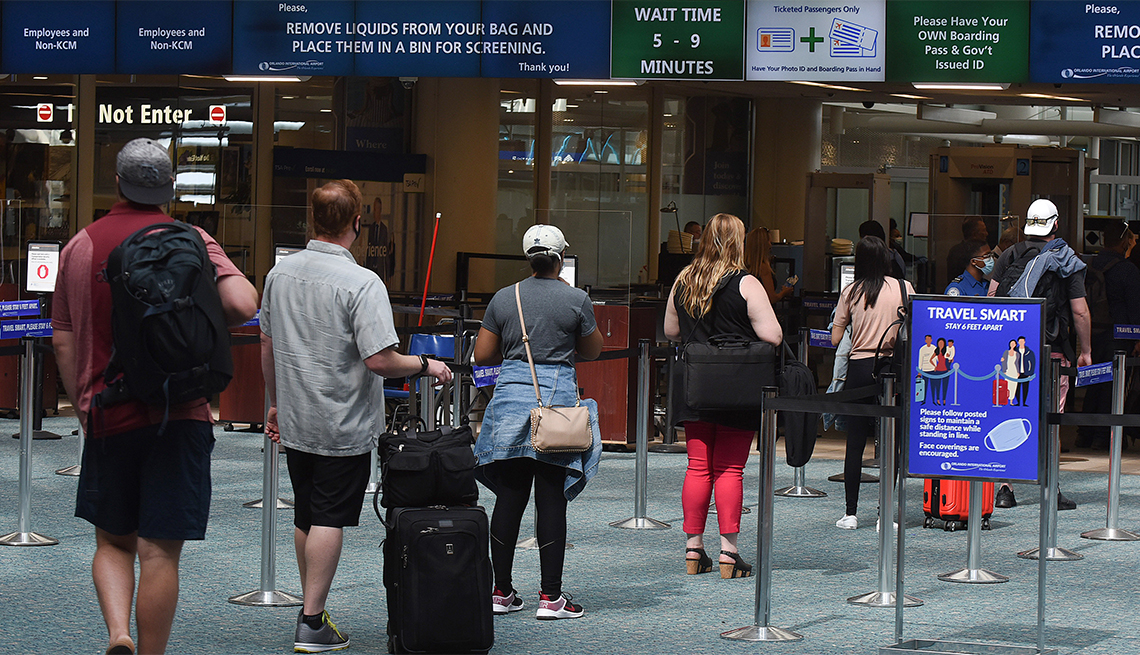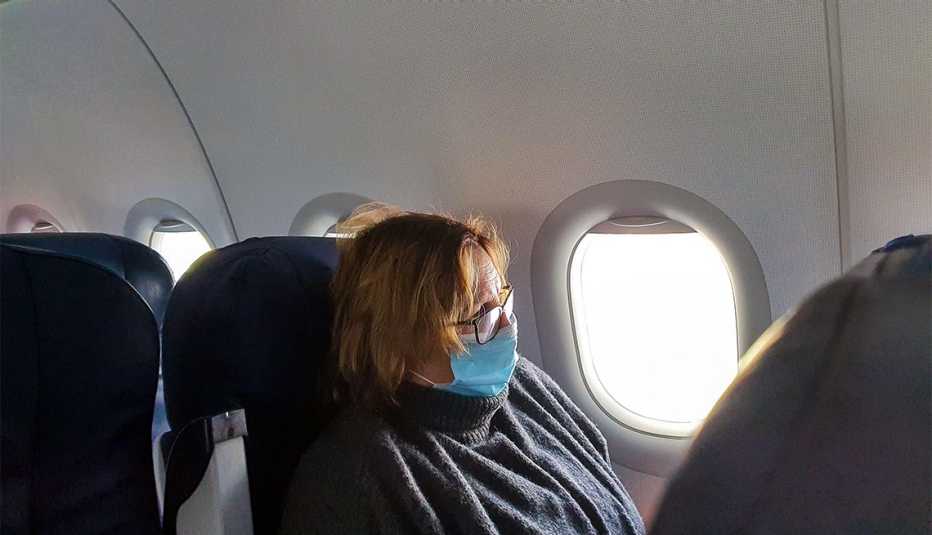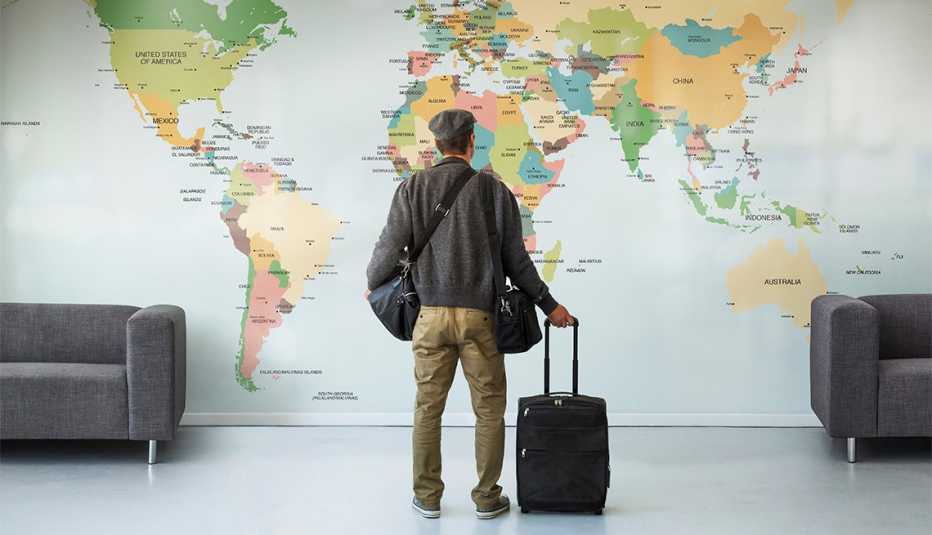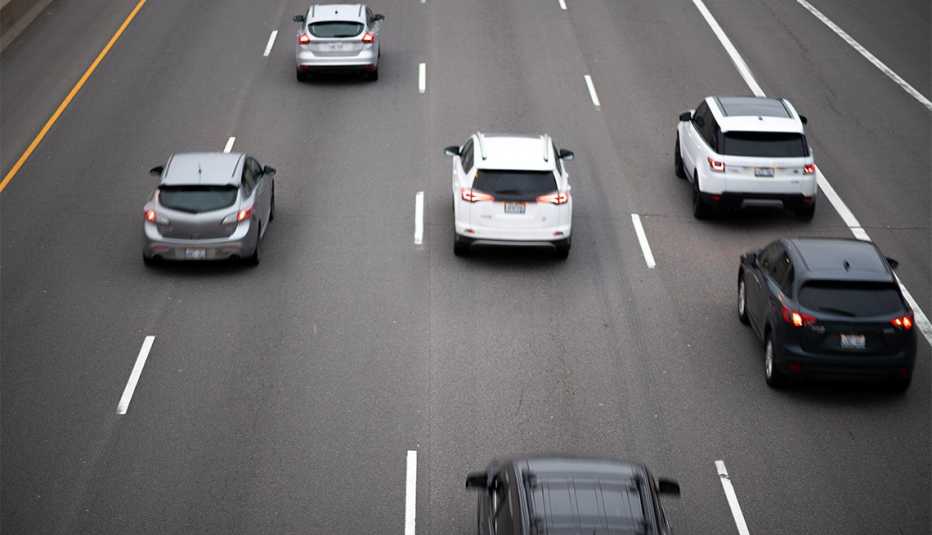Staying Fit
Before Carol Hicks, 71 , who divides her time between Florida and Illinois, flew on May 3 from Fort Lauderdale to St. Louis with her 11-year-old poodle, Belle, she worried enough about it to call her doctor for advice. But the experience was less anxiety-provoking than she'd expected: Wearing a mask and rubber gloves and toting hand sanitizer, she breezed through security and boarded the Southwest Airlines flight with just 21 other passengers, who spread themselves out throughout the plane for a drama-free trip.
"I have never seen the airport so empty or so clean,” she says.
The airport that you might remember pre-COVID-19 — bustling with traffic, long lines at security, flyers shopping for meals to go or grabbing a drink preflight — became a ghost of itself when travel ground to a halt this spring.


AARP Membership— $12 for your first year when you sign up for Automatic Renewal
Get instant access to members-only products and hundreds of discounts, a free second membership, and a subscription to AARP the Magazine.
Stay-at-home orders that spread across the country with the virus suddenly emptied airports beginning in mid-March. The decline has been dramatic: Transportation Security Administration (TSA) officials screened 230,367 passengers on May 20, for instance, compared with 2,472,123 the same day last year. Some 3,000 planes, representing more than half of active aircraft, are indefinitely parked, according to Airlines for America, the trade group that represents the nation's airlines.
Even though airports are deemed essential, many features have temporarily closed. At O'Hare International Airport in Chicago, where about 31 percent of concessions remain open, you can still get an Intelligentsia coffee but not Garrett Popcorn or a sandwich from Tortas Frontera by Rick Bayless. The yoga studios and airline lounges are closed at Dallas/Fort Worth International Airport. The local bookseller Books & Books at Miami International is closed. Security checkpoint wait times at New York's LaGuardia Airport recently averaged less than 2 minutes.



































































